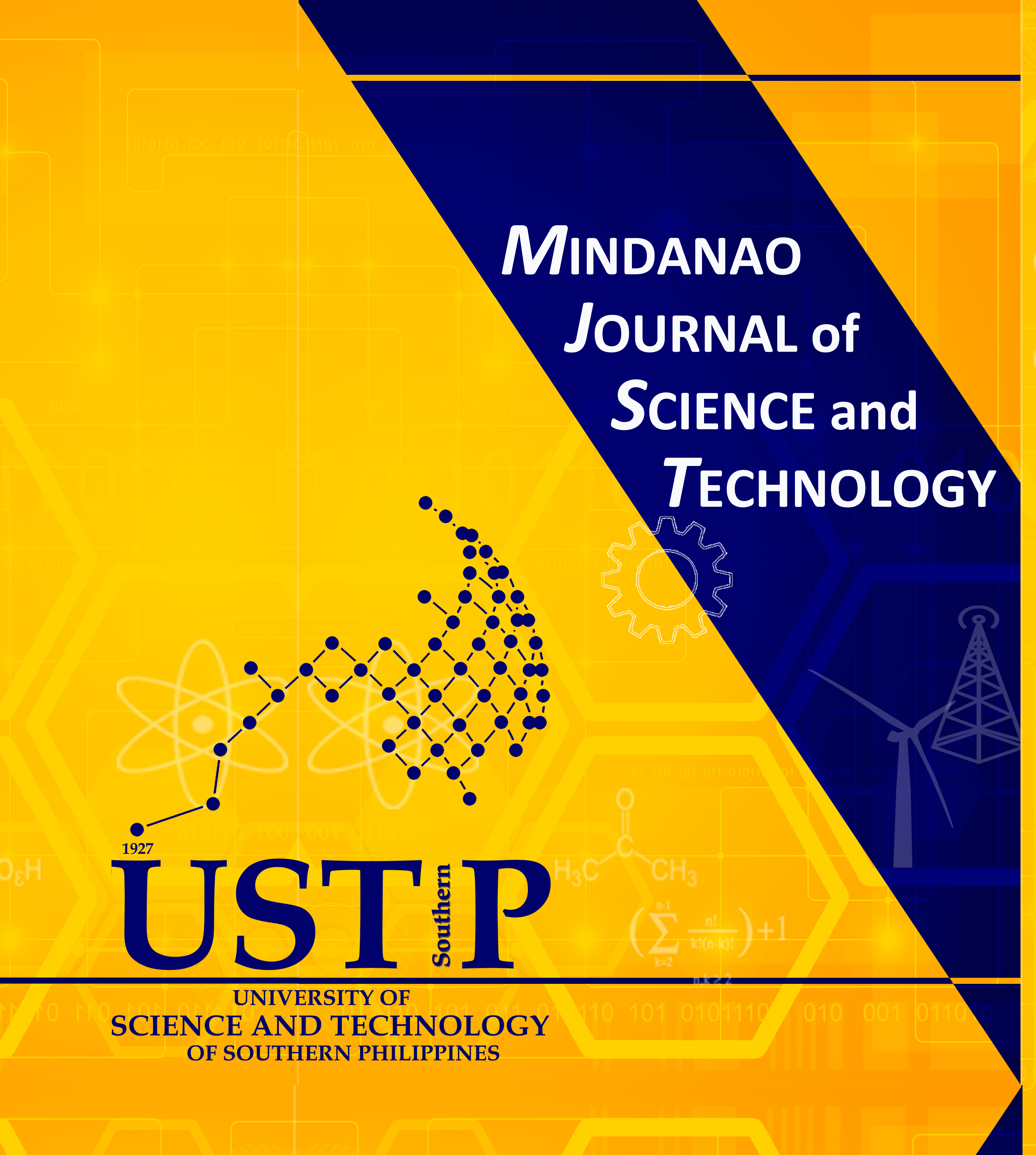Evaluation of Larval Diets for Mass Rearing of Aedes aegypti L. (Diptera: Culicidae)
Keywords:
artificial blood feeding system, mosquito rearing, quality control, sterile insect techniqueAbstract
The ability to mass-produce quality insects in the laboratory is vital in any sterile insect technique (SIT) program. In mass-rearing Aedes aegypti, optimizing larval diet and conditions is essential as they directly affect adult traits that are important in future sterile male releases. This study aimed to evaluate different mosquito diets and determine the effects of changing parameters in the diet on the growth and development of Ae. aegypti (Old Balara strain). Different diets, densities, diet concentrations and the addition of brewer’s yeast (BY) were evaluated in rearing mosquito larvae. The cat food (CF) diet showed a more synchronized day of pupation at five days, where 80% of males already pupated regardless of larval density. In all three diets, a larval density at 2 larvae/mL of water was comparable to 1 larva/mL, saving more space and reducing the water requirement of Ae. aegypti without affecting its quality. The addition of BY resulted in significantly reduced time to pupation, increased pupation and adult emergence percentages. Among the diet concentrations, 0.2 mg/larva was the ideal concentration for CF and International Atomic Energy Agency diets and 0.3 mg/larva for the commercial fish meal due to shorter larval durations, longer adult longevity and longer adult wing lengths. In rearing Ae. aegypti, it is best to use CF with BY at 0.2 mg/larva/day at 2 larvae/mL.










